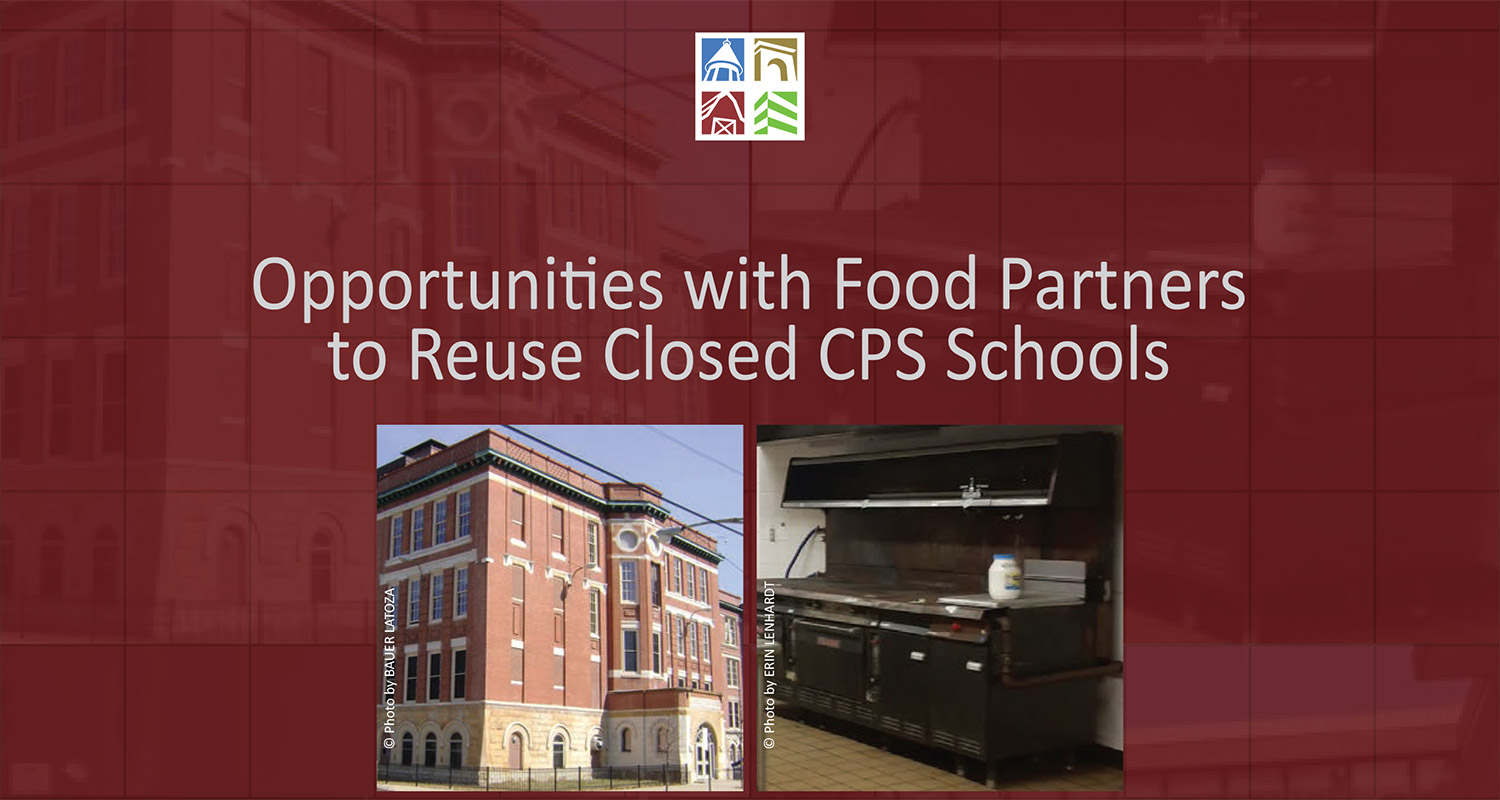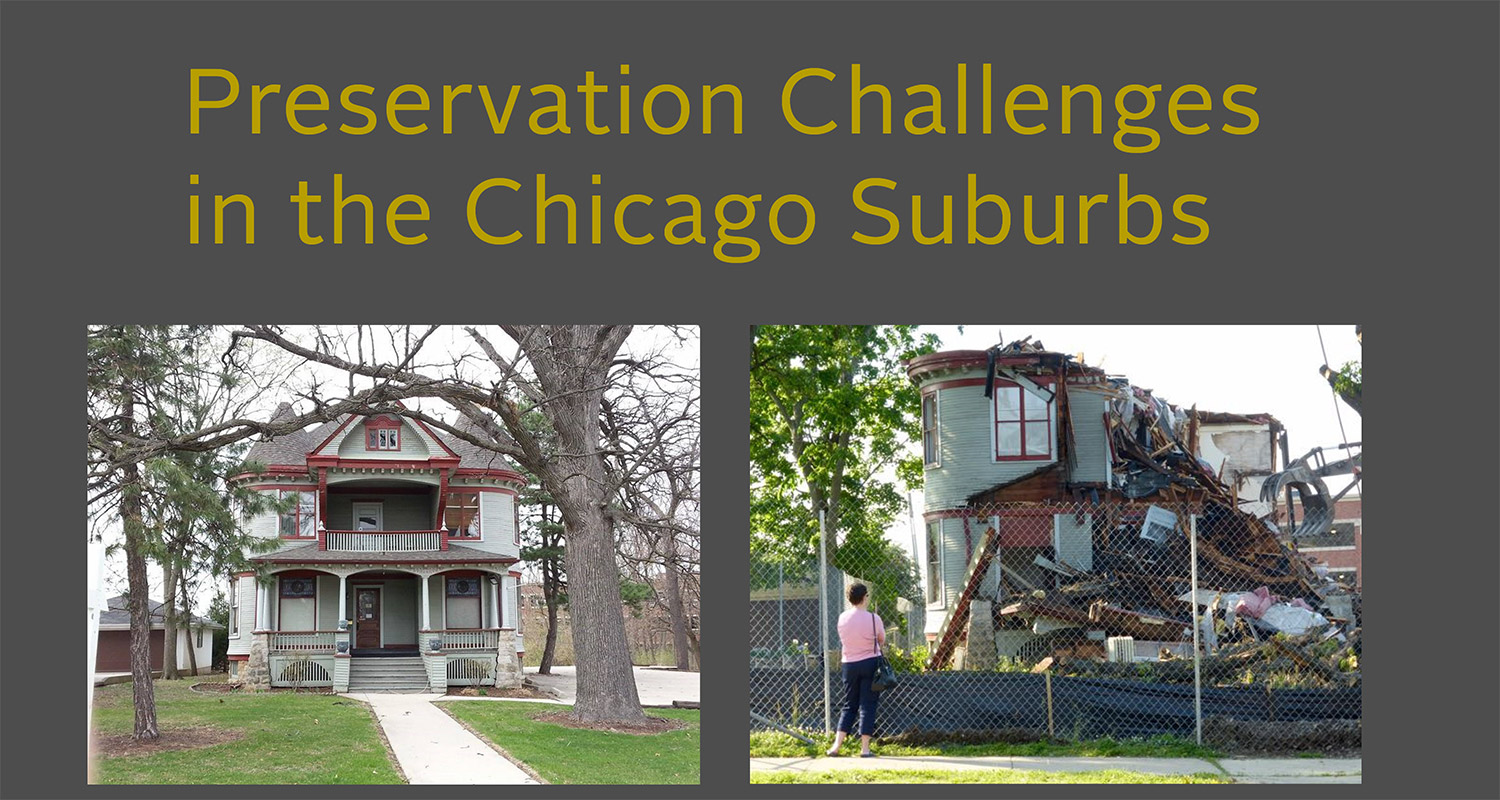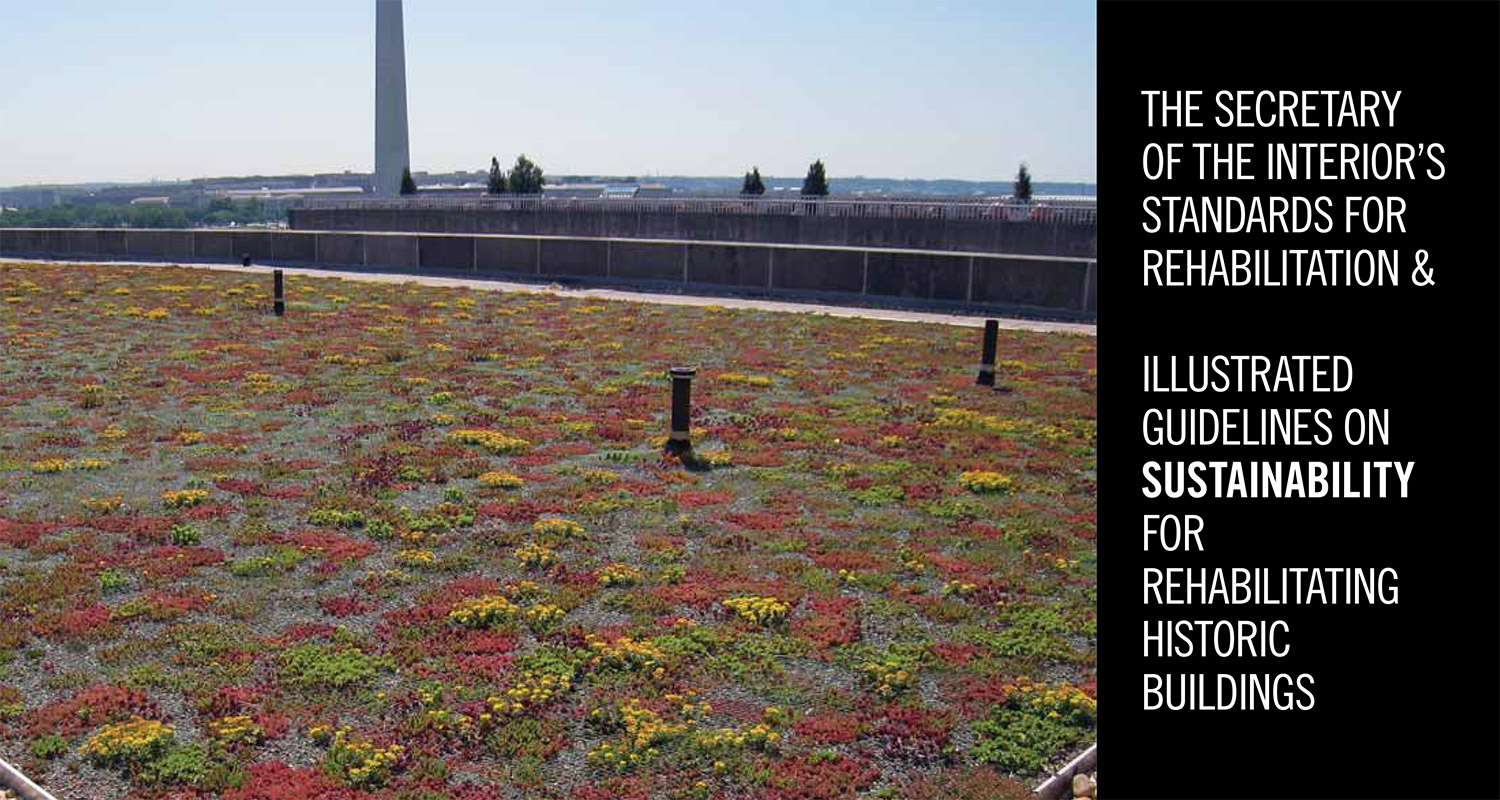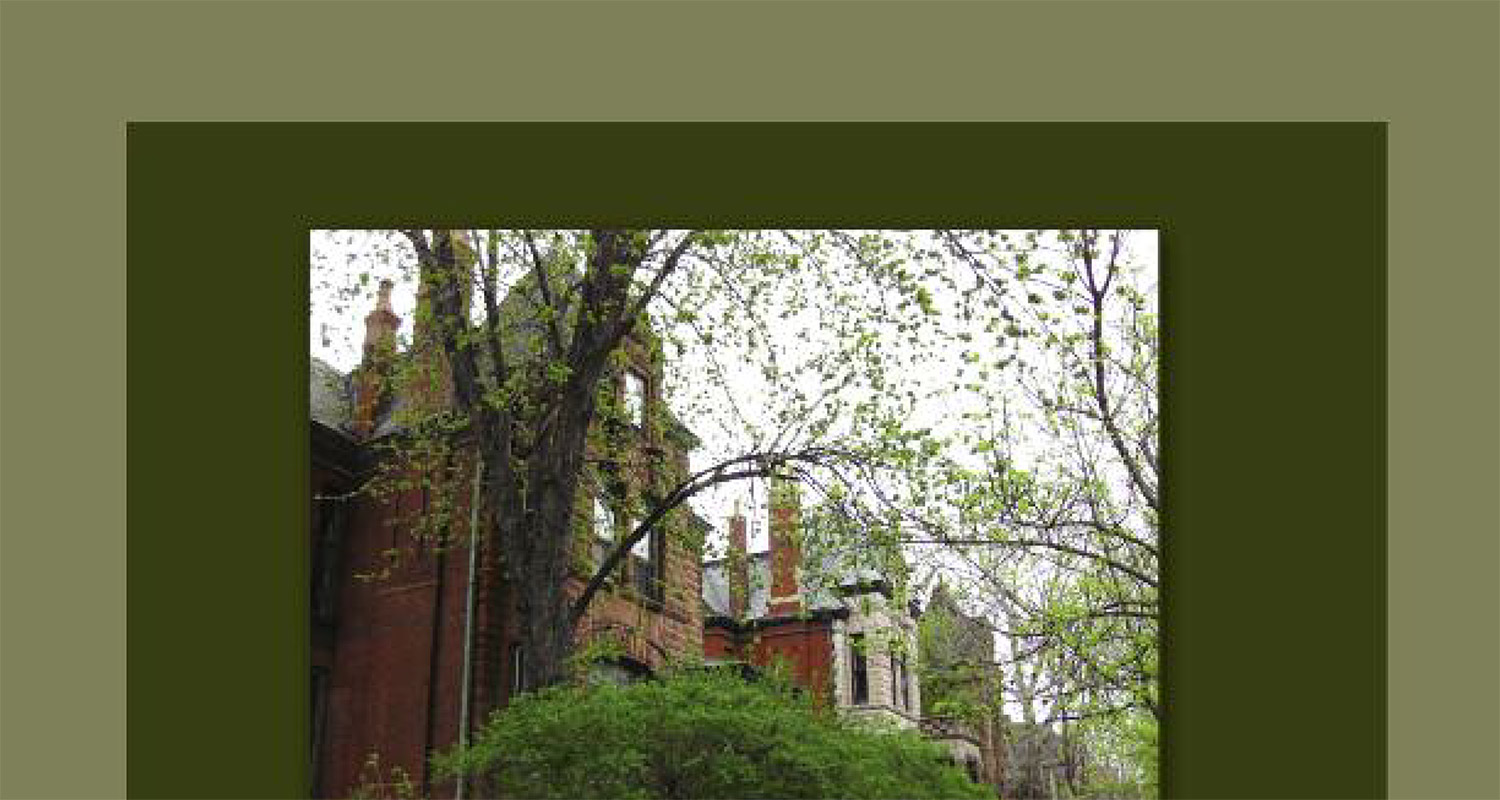PRESERVATION CHALLENGES IN THE CHICAGO SUBURBS (2015)
Landmarks Illinois and the Illinois Association of Historic Preservation Commissions (IAHPC) heard many stories throughout 2015 of difficult preservation decisions and policy changes in suburban communities throughout the Chicago metropolitan area. We continue to hear about struggles many suburban preservation commissions are experiencing, specifically related to local landmark designation efforts, preservation ordinances, demo delay ordinances and threats to designated local landmarks.Our organizations issued a survey in August 2015, to gauge the level of support for historic preservation in suburban communities. It was structured to identify current and emerging preservation issues faced by local communities, municipal and county planning staffs, and local historic preservation commissioners in Chicago’s suburbs. The results of the survey will guide us in developing programs and strategies to address suburban historic preservation challenges.
A meeting of Landmarks Illinois’ Suburban Preservation Alliance was convened in Evanston on September 12, 2015, to present the results of the survey. Hosted by the Evanston Historic Preservation Commission, the day allowed us to hear feedback from preservation advocates who attended from over a dozen communities.
Special thanks to Diane Williams, Director, Business Districts Inc. (BDI); John Hedrick, Senior Fellow, Chaddick Institute; Jean Follett, Landmarks Illinois Board Member; and Doug Kaarre, Board President, IAHPC for their help in organizing this survey.
If you are not part of the Suburban Preservation Alliance email network and would like to receive notices about future meetings, contact Lisa DiChiera, Landmarks Illinois’ Director of Advocacy at dichieral@landmarks.org.
What is the Suburban Preservation Alliance? The Suburban Preservation Alliance was initiated by the Midwest Office of the National Trust for Historic Preservation in 2008 to bring together suburban preservation advocates in the Chicago area to discuss challenges, opportunities and strategies. Initially it was part of the National Trust’s advocacy effort on behalf of communities that were experiencing teardowns and their associated impacts. An online group was formed enabling participants to communicate and share documents and best practices. When the National Trust realigned its staff and its advocacy work in 2012, management of the Alliance was passed to Landmarks Illinois. The group began meeting on a more regular basis, with quarterly meetings in north, west and south suburban areas. Meeting topics have included teardowns, surveys, house tours, real estate training, effective advocacy and more. The SPA continues to provide an important networking opportunity and communications nexus for suburban preservation commissions and advocates.
Learn More
























